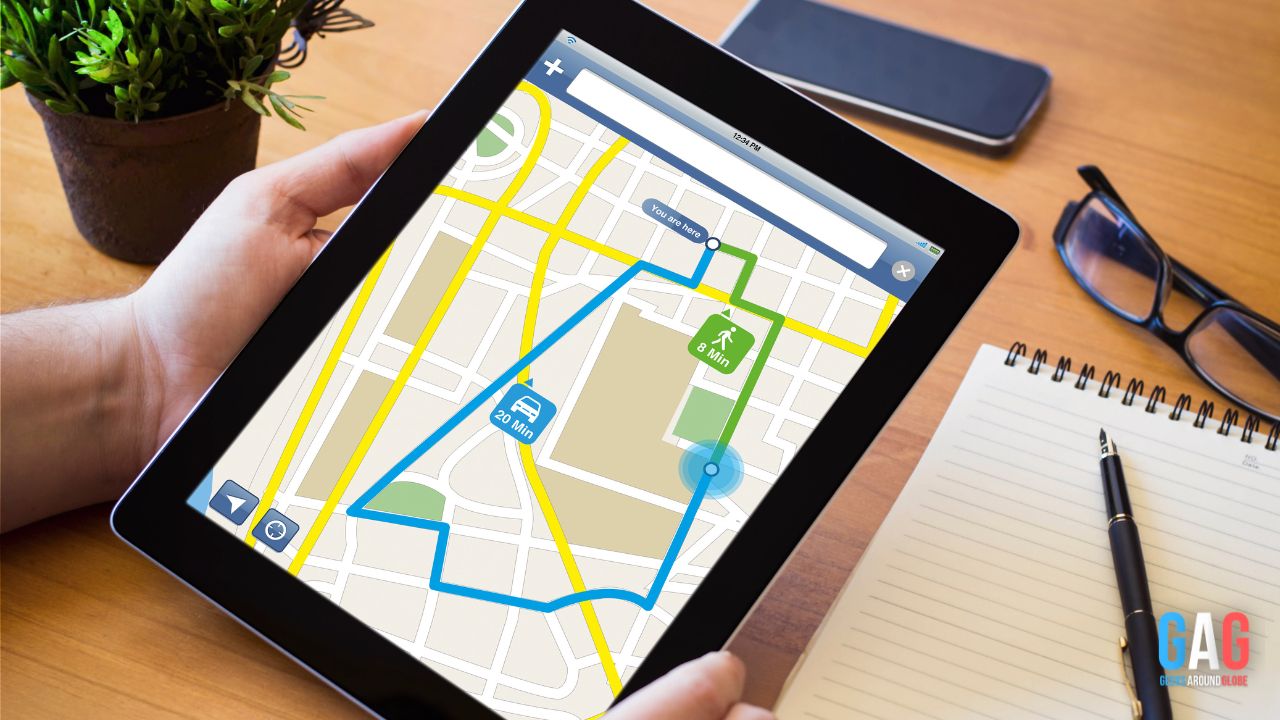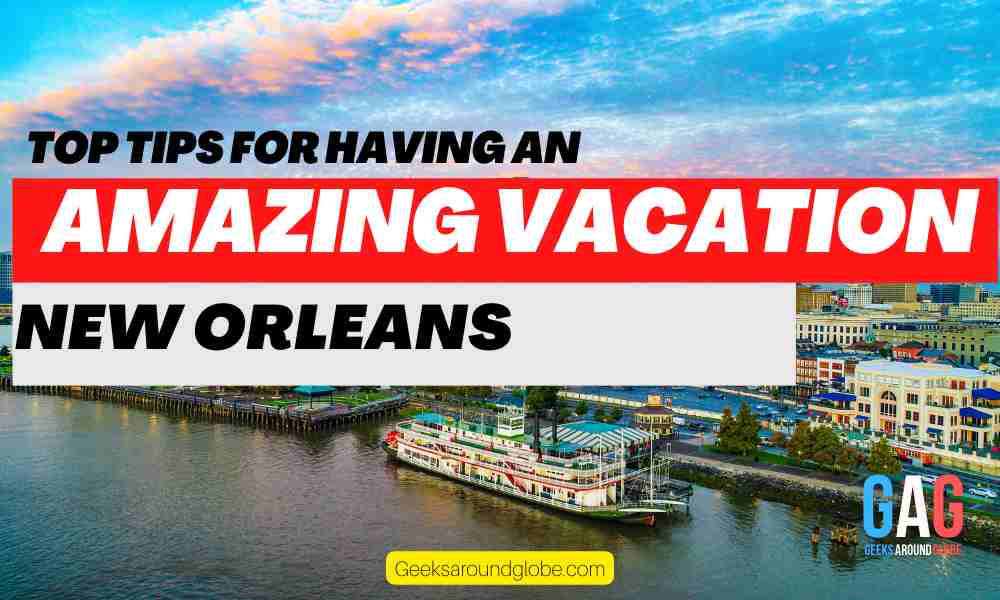In the last few years, the role of the travel agent has changed completely. Thanks to technology, such as smartphones and GPS systems, and the rise of the ‘gig economy’, customers are now able to perform their own research online before booking a travel itinerary. The process of planning and scheduling travel has become extremely inefficient, with customers able to do much of the work themselves. This has resulted in an increased number of travellers planning their itineraries online, and many businesses, such as airlines and cruise lines, have struggled to maintain revenue growth.
To remain competitive, travel agencies must embrace technological change and develop innovative tools to ensure they provide the best possible experience for their customers. By implementing travel planning and scheduling software, agencies can save time and money while also enjoying a seamless booking experience that is effortless and transparent.
Why do you need route planning and scheduling software?
To Plan Your Trip
Even before the development of modern-day GPS systems, people were able to plot courses and travel times to destinations using nothing but a few street maps. Thanks to the explosion in the availability of GPS-enabled apps and the Google Maps API, planning a trip has become much easier and more efficient. With apps like Waze, travellers can access traffic data, speed cameras, and weather reports, as well as plan their route and communicate with other users along the way. In addition, the proliferation of smart phones has resulted in the formation of a large community of travel enthusiasts who are always available to offer tips and suggestions on locations to visit and things to do once you’re there. Finally, digital nomads and freelancers who are constantly moving around the world for work benefit from apps that can track their movements and provide alerts when they’re near your current location. Planning a trip using an app like this is much more efficient and convenient than wasting hours of your time plotting the route directly on a map.
To Manage Your Staff
Even the most experienced and well-run travel agency can experience challenges when it comes to maintaining efficient scheduling as volumes increase and the size of the team grows. Apps like Adam Travel Assistant facilitate team collaboration as schedules, tasks, and to-do lists can be shared among employees. Similarly, Project Traveler, which is designed for the Hootsuite platform, allows users to create personalised project plans that can be accessed from anywhere. Using geolocation features, employees can access the plan from afar, eliminating the need to be physically present in the same place to coordinate tasks and review updates. These tools allow busy travel agencies to maintain close relationships between employees and customers while also ensuring high levels of productivity.
To Improve Travel Experience
When you’re travelling, the last thing you want to worry about is how to get from point A to point B. Apps that implement the ‘smart travel agent’ concept strive to automate as much of the process of getting travel arrangements made as possible. For instance, Neato Travel provides a curated list of the best restaurants and hotels in the areas surrounding your current location. By providing this information, the app helps you determine which establishments to avoid and which to look forward to with anticipation. In addition, travel apps make it easy for customers to research and compare the amenities available at different hotels and restaurants, as well as contact the businesses directly via an online booking form. The more effortless the booking process, the more likely you are to generate a positive experience for the customer. By simplifying the booking process, travel apps make it much easier for customers to engage with the agency and to remember them later in their travels. This, in turn, can lead to increased conversion and retention.
To Operate On A Global Scale
Global travel is on the rise as travellers want to explore new places and new cultures. To remain competitive, agencies must provide a seamless experience to customers who want to travel globally. To achieve this, they need to be equipped with software that facilitates the planning and management of global travels. Apps like Global Travel Planner, TripExpert, and OneTravel make it easy for businesses to operate on a global scale by providing a centralised location where information can be accessed and shared across different time zones. This has numerous advantages. For example, if you’re running an agency that operates in multiple locations, you can ensure all team members are up to date with the latest travel policies and procedures, as well as access critical information, like flight details and arrival times, without needing to manually input this data into individual spreadsheets or databases. You can also create comprehensive reports that highlight key performance indicators, like booking volumes and sales, across all locations. This information can then be used to benchmark performance and review progress on a regular basis.
Additional Advantages
Aside from the functional benefits outlined above, additional advantages of route planning and scheduling software include:
- Eco-friendliness – Apps, such as Nomadics, allow you to research and book eco-friendly destinations and hotels, as well as reward yourself for making sustainable choices while travelling
- Increased revenue – With the rise of online booking portals and smartphone apps, customers have more choice and are therefore more likely to make a purchase, particularly if the business provides a good online experience
- Data protection – Many apps, such as TripExpert and Nomadics, ensure all personal data is encrypted while it’s stored on their servers, as well as transmitted securely during data transfers. This ensures customers’ personal data is protected and no third parties, such as airline companies, can access this information, as encryption keys are strictly controlled by the businesses that maintain them
- Increased employee productivity – Thanks to mobile phones, employees can access information as and when needed, which in turn, boosts their productivity while travelling
- Larger audiences – Apps, such as Waze, allow users to share their planned routes with their followers, friends, and other drivers, which can result in increased discovery and traffic to your site
- Customer engagement – Apps, such as Nomadics and TripExpert, allow you to engage with customers via live chat and notifications, as well as drive follow-up and pre-trip research by encouraging users to book travel and accommodation through your website or app. This type of interactivity creates a more personal experience and more chances for direct engagement and transaction
- Data Analysis – Once you’ve entered your trip details into an app, like Adam Travel Assistant, you can access a variety of reports that highlight performance metrics, like conversion and revenue, across different markets and locations. This data can then be used to monitor and evaluate business performance and adjust strategy as needed
In future, we’ll delve into how businesses like Adam Travel have successfully implemented these tools and how others, like Nomadics and TripExpert, have provided value to customers and grown their businesses as a result.







